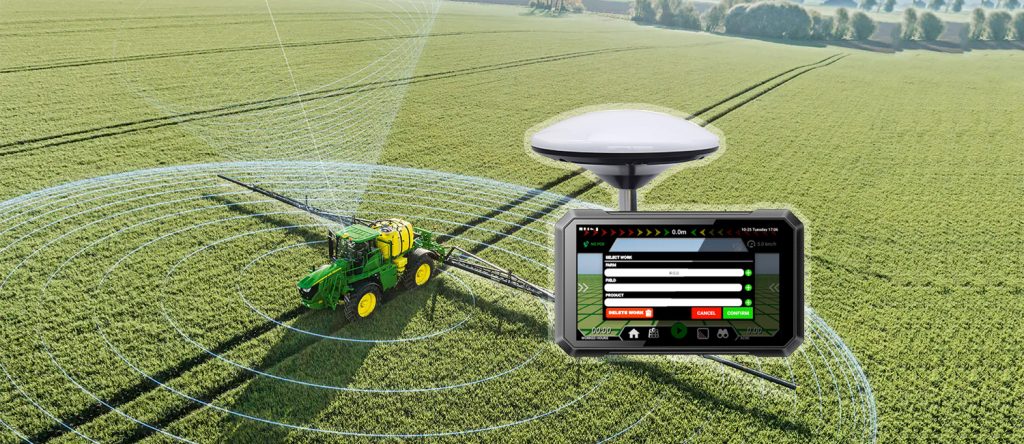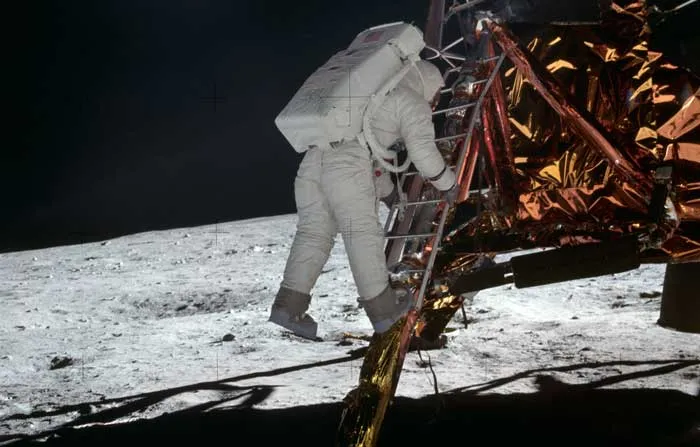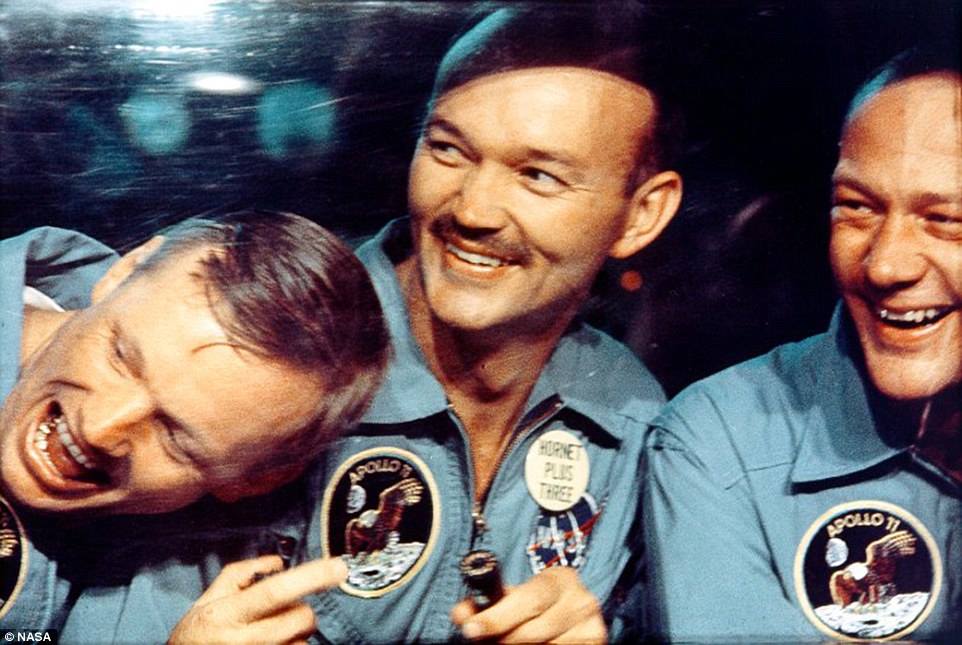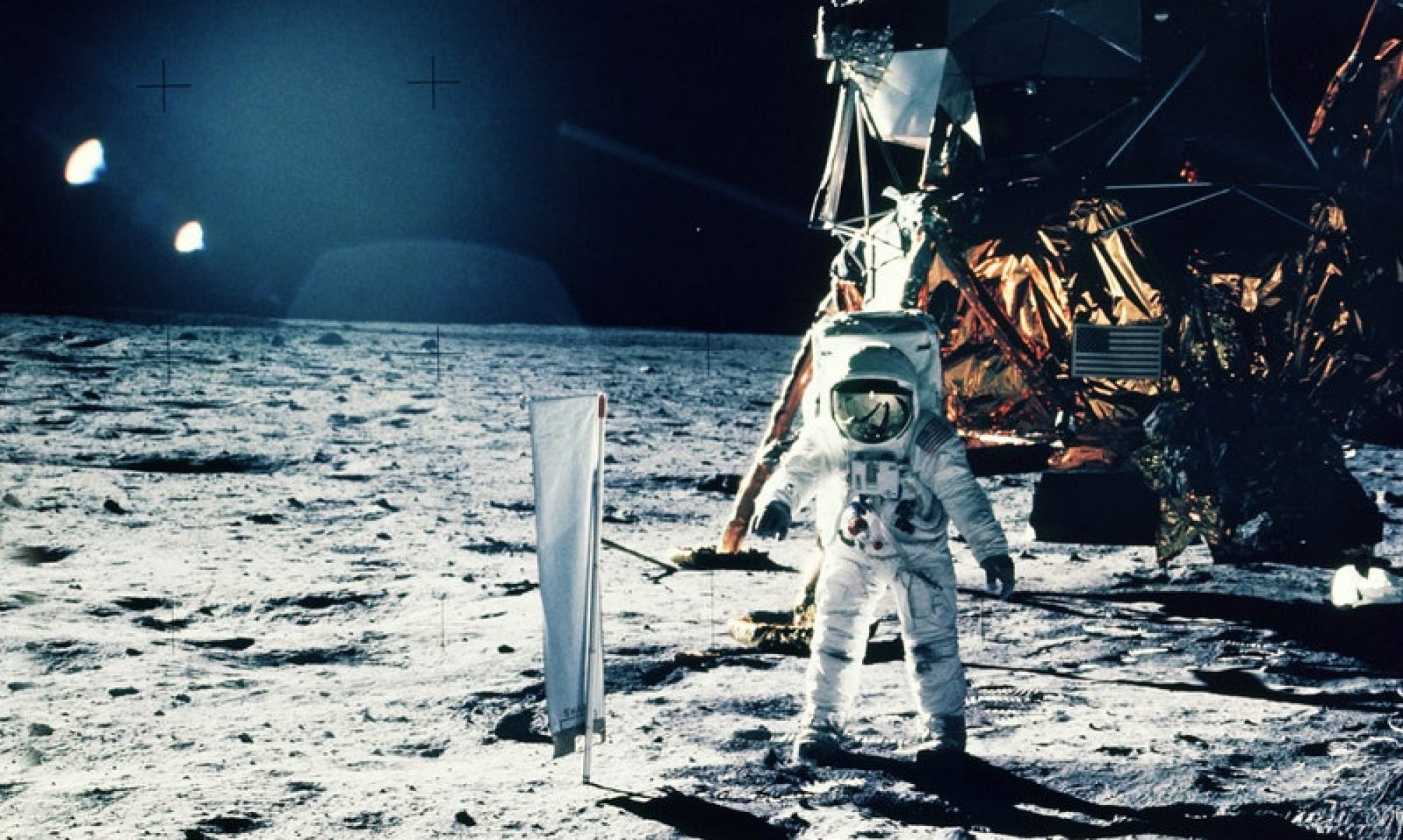The $15.1 Billion Reason to Invest in Space Exploration
Imagine waking up one morning to find that GPS has stopped working. No more turn-by-turn navigation, no more precise logistics for global shipping. And—most critically—no more high-tech farming tools that drive modern agriculture. The cost? A staggering $15.1 billion loss to the agricultural industry alone being passed on to the public.

Farmers today rely heavily on GPS for precision agriculture. Without it, they would lose the ability to analyze soil quality and crop performance through GPS-enabled soil and yield mapping. Tractors using GPS guidance and autosteer technology would be forced to operate manually, reducing efficiency and increasing fuel costs. Variable-rate technology, which allows farmers to apply fertilizers and pesticides with pinpoint accuracy, would be rendered useless, leading to lower crop yields and higher production costs. The absence of GPS wouldn’t just be an inconvenience—it would create a ripple effect of economic and food supply instability.
What many people don’t realize is that none of this technology would exist without the Apollo missions.

The $15.1 Billion Reason How the Apollo Missions Made GPS Possible
When NASA sent astronauts to the Moon, they weren’t just exploring space—they were solving fundamental problems in physics. One of their most groundbreaking achievements was determining the exact distance between the Earth and the Moon. To accomplish this, Apollo astronauts placed Lunar Ranging Retroreflectors on the Moon’s surface. These special mirrors allowed scientists to bounce lasers off them and measure the time it took for the light to return. This method provided an unprecedented level of accuracy in measuring distances across space, refining our understanding of celestial mechanics.
In addition to these reflectors, Apollo missions deliberately crashed spacecraft into the Moon to study how seismic waves traveled through its surface. These experiments provided critical insights into the Moon’s composition and movement, contributing to models that would later be used to improve global positioning systems.
Perhaps most importantly, the Apollo program helped perfect Albert Einstein’s equations on space-time. These equations are the very foundation of how GPS satellites function. Without the data collected from lunar experiments, the precise calculations required for GPS positioning might never have been achieved.
Space Exploration: The $15.1 Billion Reason to Investment in Our Future
The economic benefits of space exploration are extending far beyond the Moon. The Apollo missions paved the way for countless breakthroughs in computing, materials science, and communications. Today, space research is continuing to drive innovations that power industries across the globe.
Investing in space isn’t just about exploring other worlds—it’s about ensuring that our own world continues to thrive. Every dollar spent on space technology fuels advancements that improve life on Earth, from GPS-driven agriculture to climate monitoring and global connectivity. The Apollo missions proved that when we invest in space, we invest in the future of our economy, our technology, and our survival.
The next time someone questions the value of space exploration, remind them that without it, the systems we depend on—including GPS—could disappear, taking trillions of dollars and critical industries down with them. Space is not just the next great frontier. It is the key to sustaining the one we call home.

Let’s Take Action Together!
The Moon’s legacy lives in our technology. The legacy of Apollo still fuels our modern lives. It’s time to spread the word about what space exploration does for us. And the next time you use GPS, tip your hat to the Moon.
The legacy of the LRRR experiment is vast. From pinpointing the Earth’s distance from the Moon to inspiring the GPS technology we rely on daily, this small device has done so much. To see more details on how the LRRR works, check out our post, Laser Ranging Retro Reflector. See more articles like this at our Blog – Spacecraft Guide. Share this article to show why we must keep reaching for the stars.
